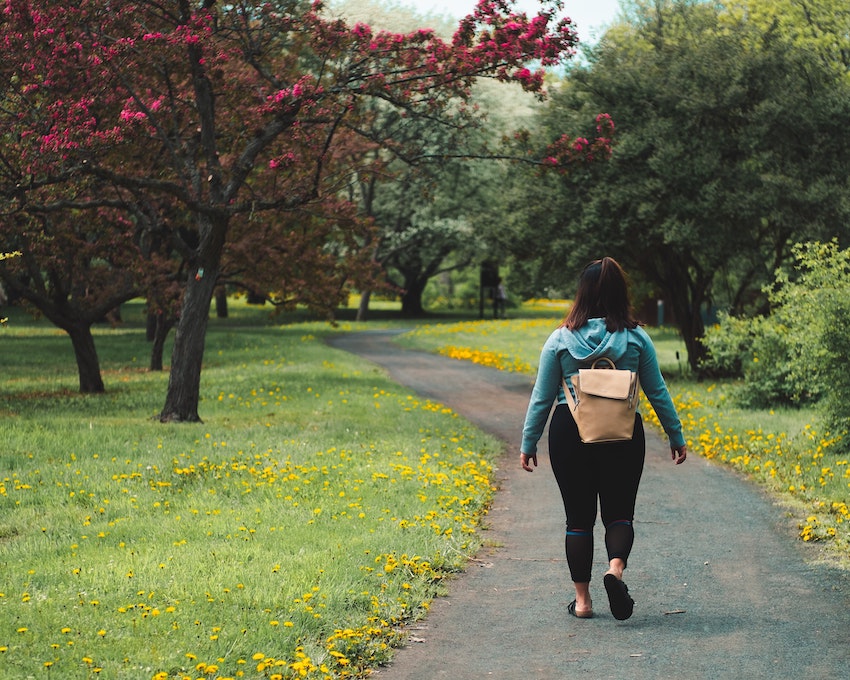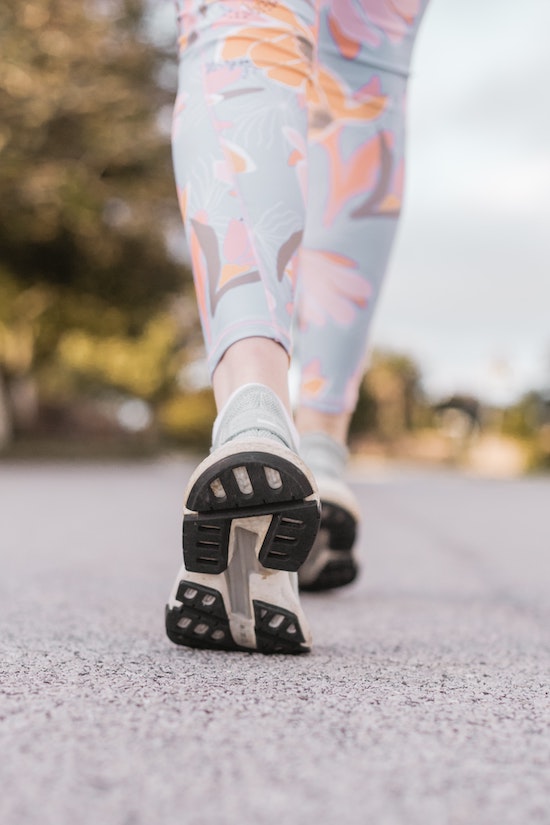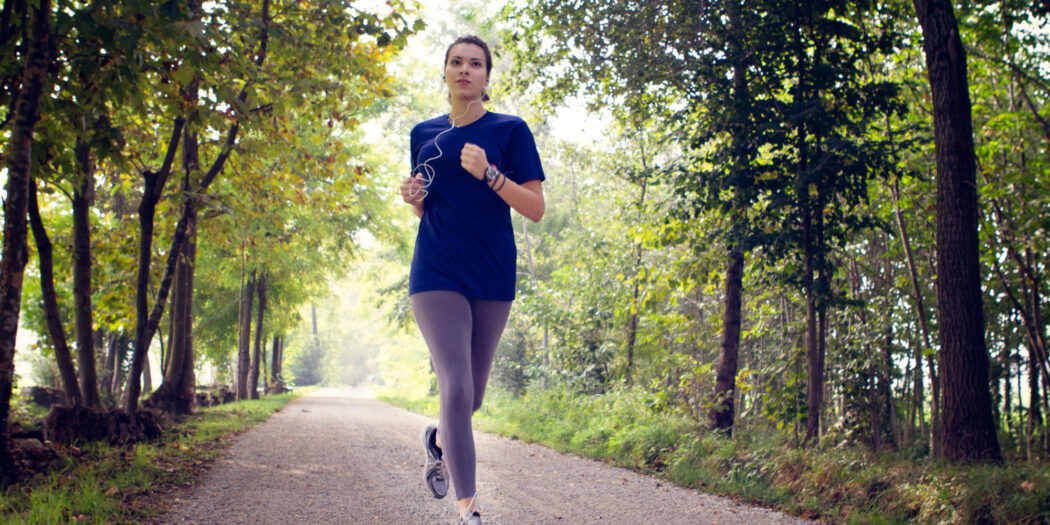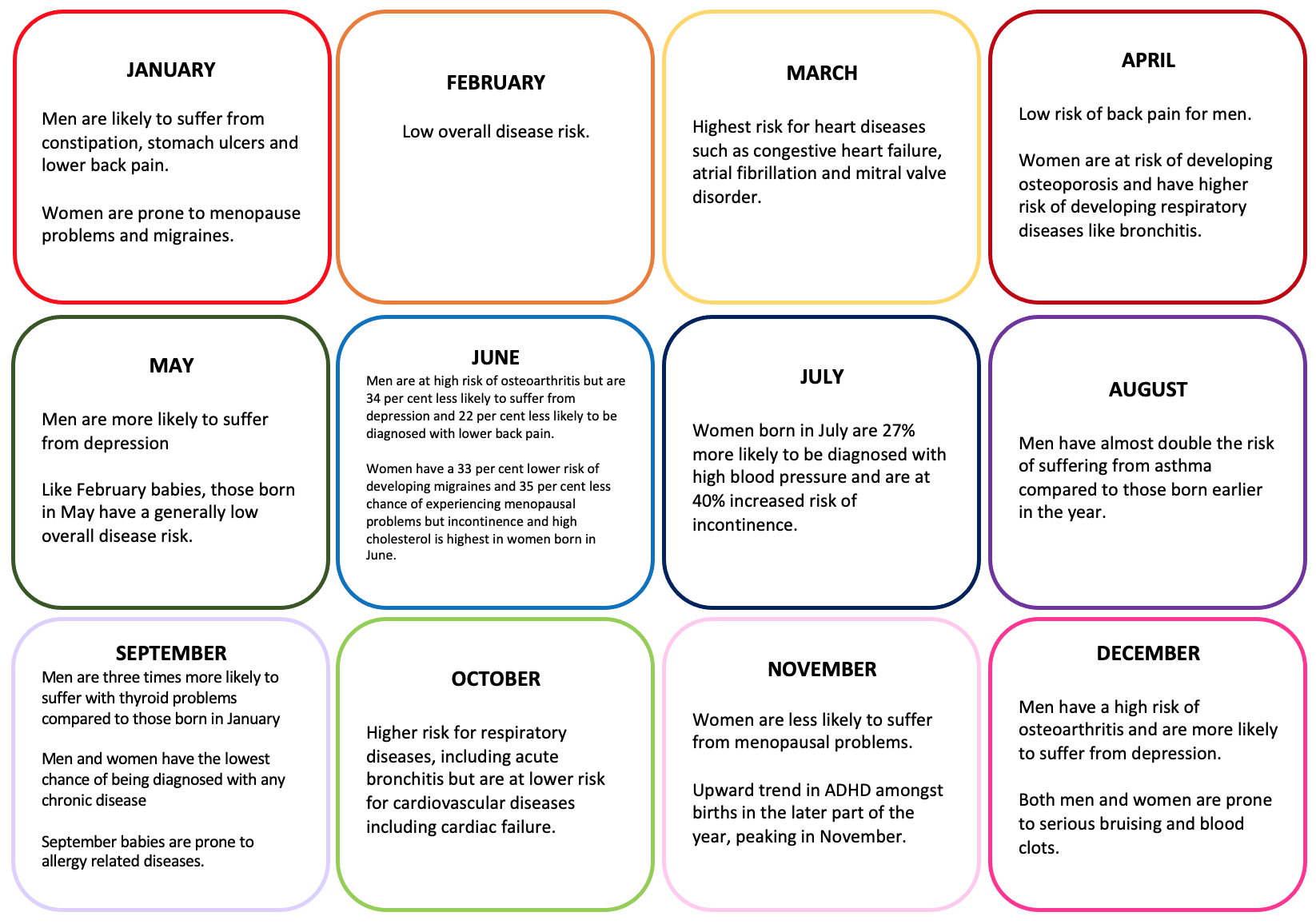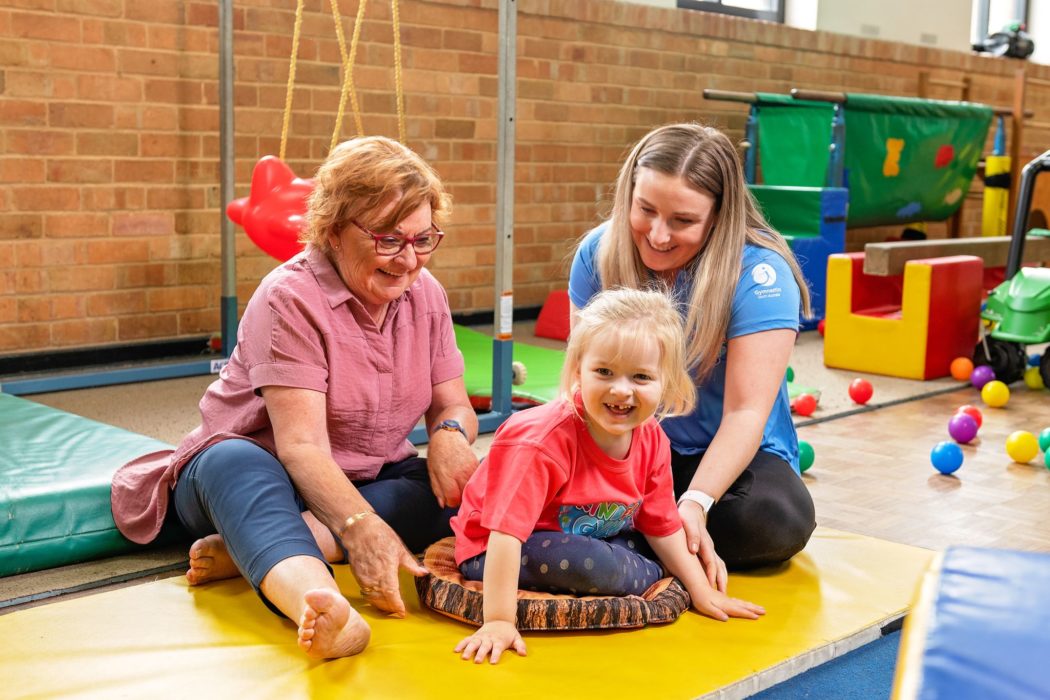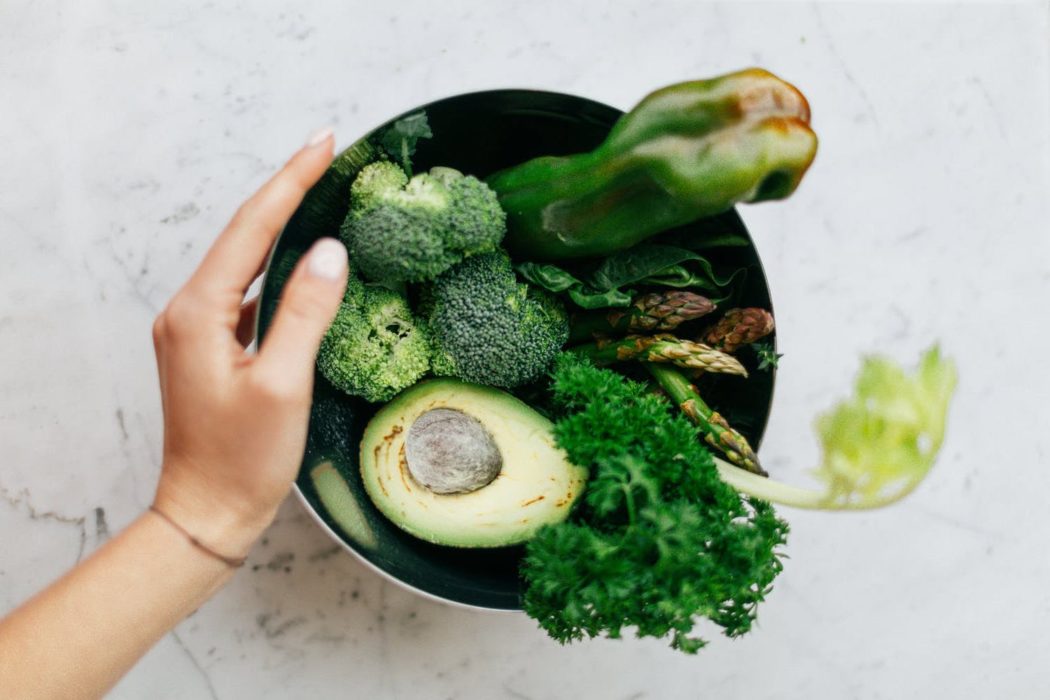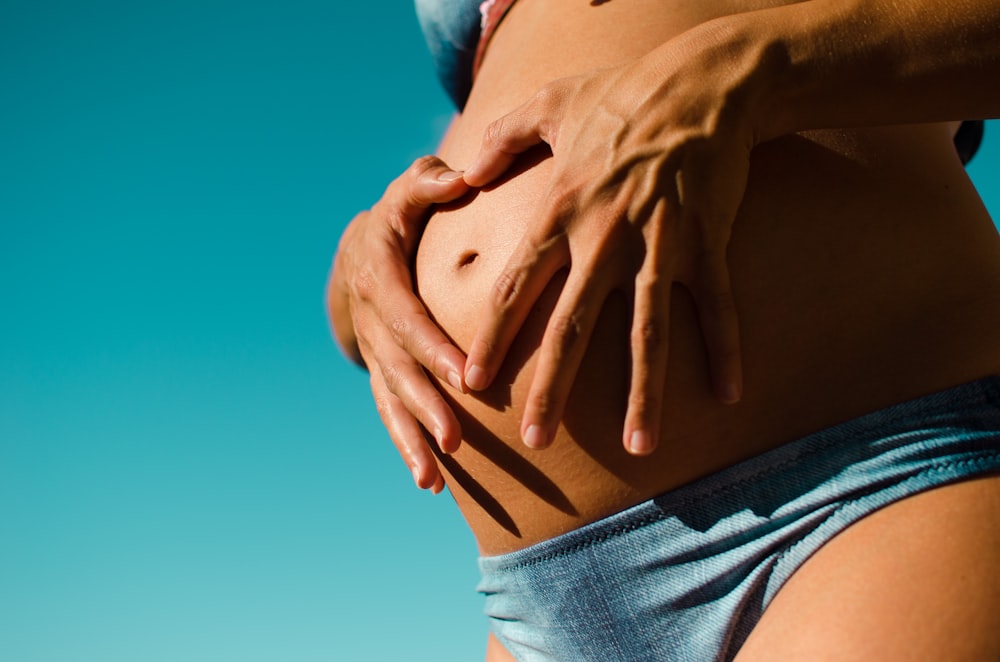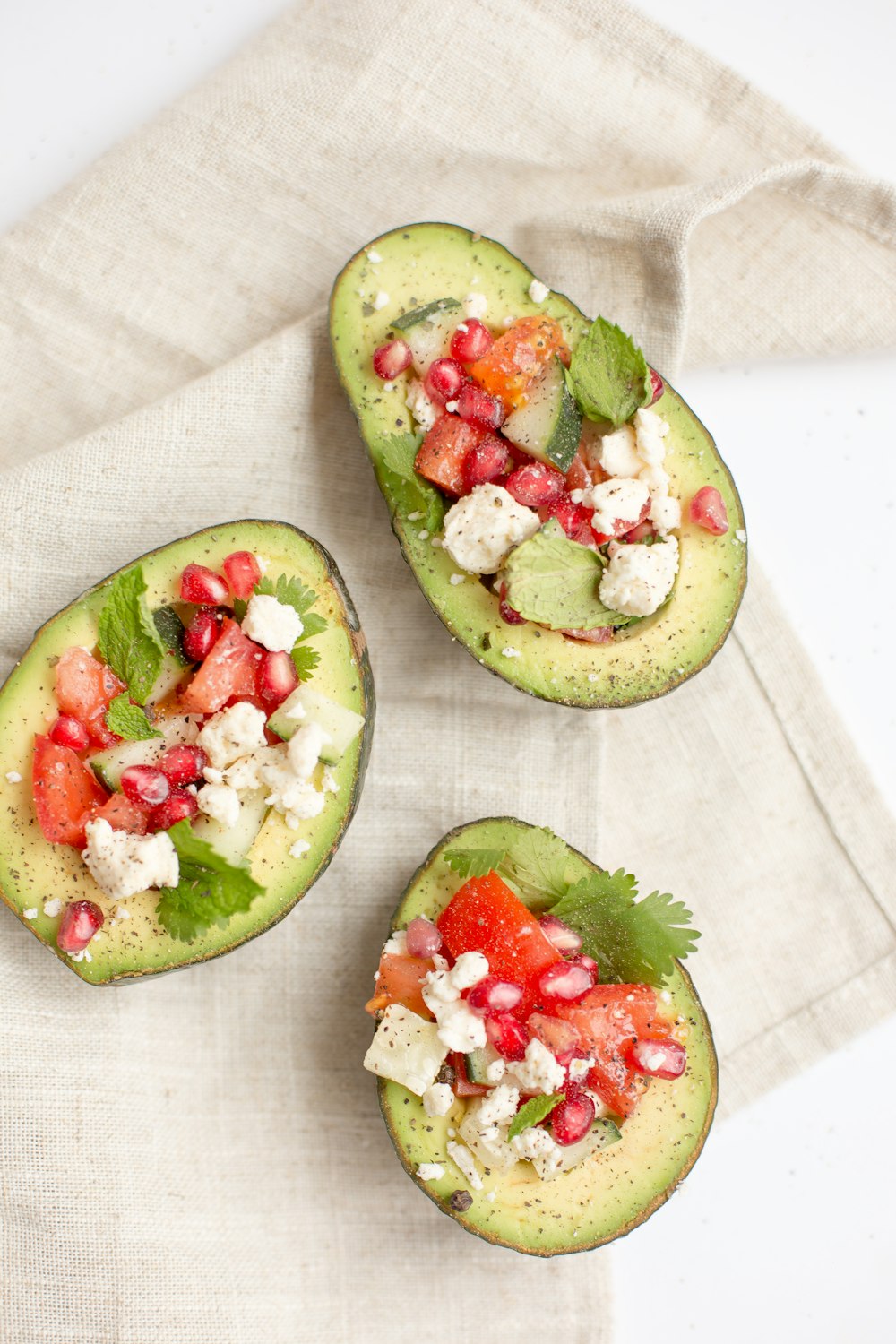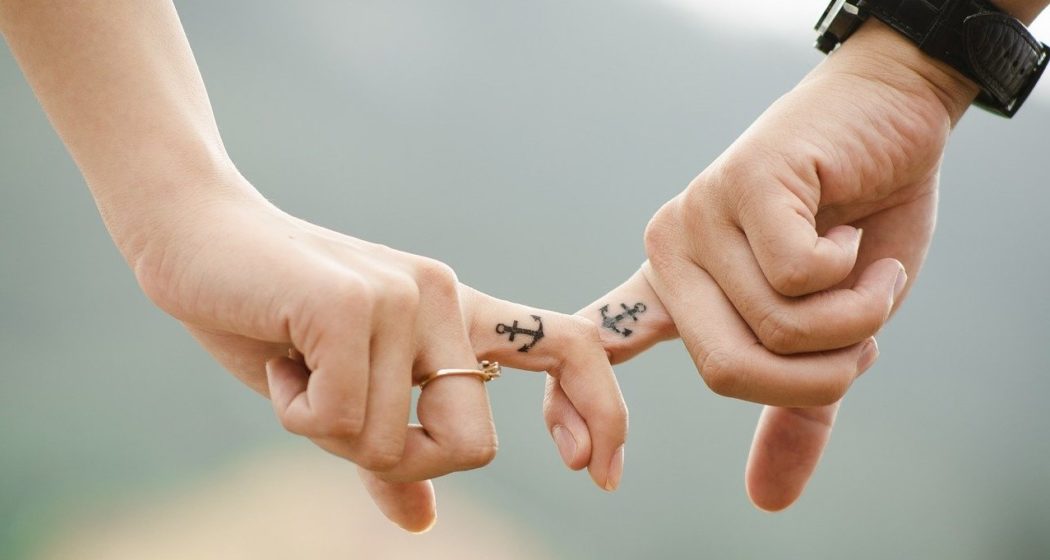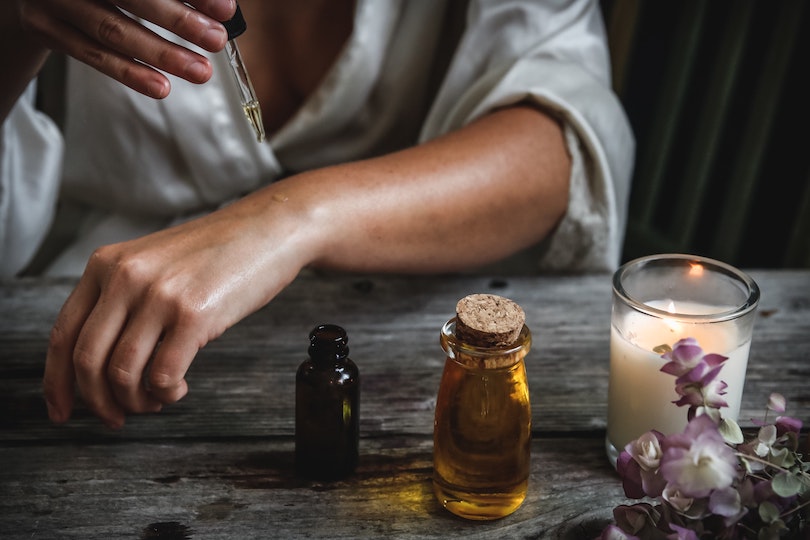Walking 10,000 steps a day has been linked to various health benefits and reducing the risk of disease, and a healthy focus for weight loss. However, the basis for this target being introduced was not scientific or medical.
10,000 steps is a well-known target, however this amount did not originate in medical or scientific studies as you might have thought. The Manpo-kei step meter was created by the Yamasa Clock and Instrument Company. Its marketing campaign was created by a Japanese health science professor who believed that walking 10,000 steps a day would help Japanese people avoid obesity.
The advertisements for the pedometer said “Let’s walk 10,000 steps a day!”, with the number 10,000 being chosen for the fact that it looks like a person walking in Japanese characters.
Celebrities such as Will Smith and Simon Cowell have taken to the 10,000 step challenge, likely due to advice from celebrity trainers. Harley Pasternack gives this advice to his clients including Adam Levine and Amy Schumer as a daily goal to challenge and motivate them to stay active.
The more steps the better!
Whilst the campaign for 10,000 steps may not have originated from a medical background, the sentiment remains a recognised goal. Most experts agree with the approximation of 10,000, slating this as a target as well as 30 minutes of activity a day. This is in line with the Australian guidelines which recommend 150 minutes of moderate physical activity per week. Whilst there is no real rule, 5,000 steps a day is recognised as a minimum target, with anything less being considered sedentary.
Research has found that those who track their steps take an average of 2,500 more steps per day. Pedometers are mostly a thing of the past, with fitness watches such as the Apple Watch or Fitbit motivating walkers to reach step goals and activity rings. This can be a good way to stay motivated as you can compare counts and challenge friends and family.
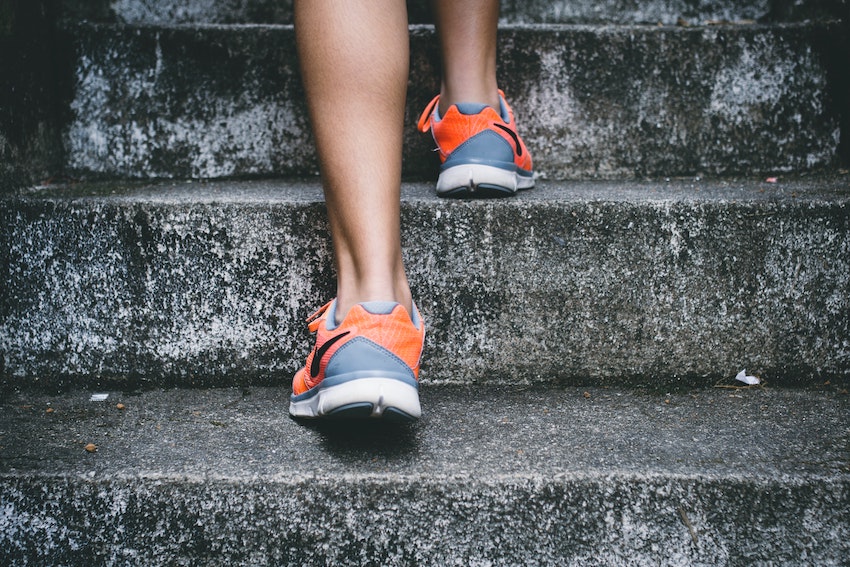
Benefits of walking more
Walking is a low-impact workout available to almost everyone with good walking shoes, and a 2015 report found that Australians walked the most, with an average of 9,695 steps a day.
An Australian study found that the risk of prematurely dying was reduced by 6% with every 1,000 steps increase per day. This same study found that those who took 10,000 steps or more had a 46% lower chance of having an early death than those who didn’t.
There are several health benefits associated with walking more, including the following:
- Improved cardiovascular health

- A reduced risk of heart disease and stroke
- Lower blood pressure
- Less chance of obesity, type 2 diabetes and depression
- Enhanced cognitive functioning and creativity
- Improved glucose tolerance
- Improved coordination and movement skills
There are several social and emotional benefits to walking more each day, including:
- Opportunities to engage with new people and friends, reducing anti-social behaviour
- Improved self-esteem and confidence
- A higher level of concentration
- Better management of anxiety and stress
10,000 steps is often recommended as a target for weight loss. An average person will burn around 3,500 calories per week from walking this amount, roughly translating to half a kilo of fat. This should only be an indication however, as your speed and body weight will affect the amount of calories that you burn.
Recommended steps per age range
10,000 steps is regarded as a reasonable target for most healthy adults, who on average take 4,000 to 18,000 steps per day. Children however, already take around 10,000-16,000 steps per day.
The Australian guidelines to physical activity do not denote a specific number of recommended daily steps based on age, but instead base their recommendations around minutes of physical and vigorous activity. Young children aged 1-5 should be physically active every day for at least three hours in total. For children aged 5-12, this recommendation includes vigorous physical activity for at least one hour per day.
Adolescents aged 13-17 should also engage in at least 60 minutes of vigorous physical activity per day, focusing on activities that can help strengthen muscle and bone.
For adults aged 18-64, a minimum target of 150 minutes of moderate intensity physical activity is recommended per week, with a combination of at least 75 minutes of vigorous activity. This amounts to a rough estimation of 10,000 steps per day.
Older Australians aged 65 years and older should aim to accumulate at least 30 minutes of moderate physical activity per day, and continue at a level they did throughout their earlier life. A Harvard Health study found that for older women, 10,000 steps is a large goal, and instead taking a modest 4,400 steps per day at minimum was associated with a 41% lower risk of dying compared to other women taking 2,500 or less.
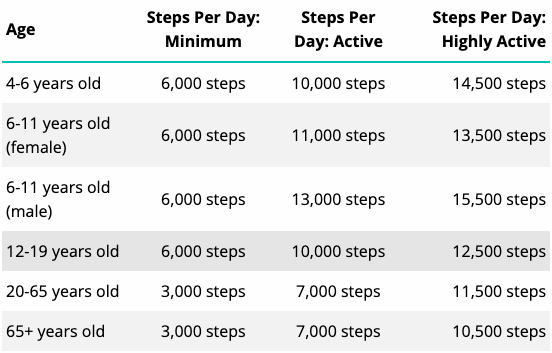
Ways to increase your step count
If you are finding it difficult to spend time walking to increase your step count and don’t have access to a treadmill whilst watching TV, there are other simple ways to increase your step count. This may include:
- Getting a dog. If you’re a regular walker, training and being kept accountable by pets is a great way to stay motivated to walk.
- Using a standing desk and standing up during commercial breaks.
- Breaking walks into multiple little ones per day.
- Walking with friends to socialise.
- Cleaning your house.
- Taking the stairs wherever possible.
- Walking in shopping centres when the weather is poor.
- Parking your car further than usual from your destination.
The industry you work in will also impact the amount of steps you do per day. For example, hospitality workers do roughly 23,000 per day, retail workers 15,000 but clerical and office workers less than 7,000.
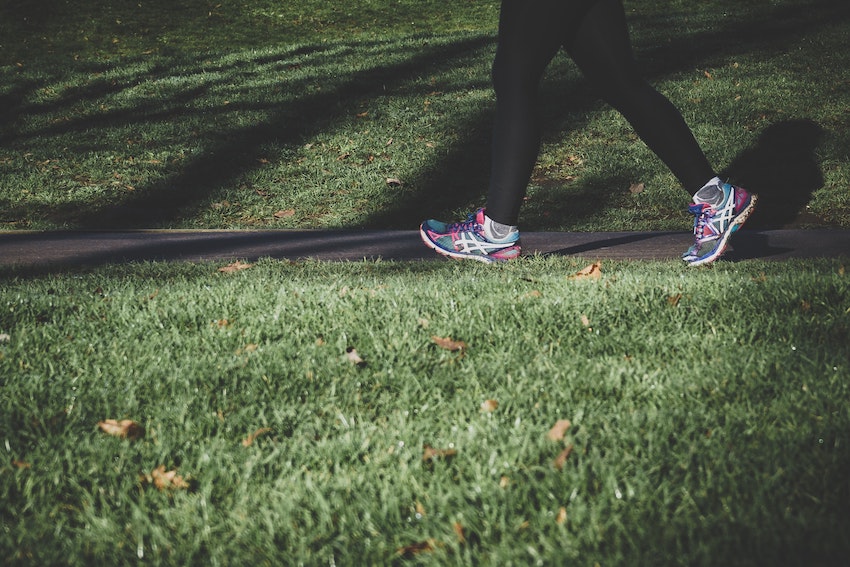
If you’re someone who walks an average of 7-8,000 steps a day, considering challenging yourself to 10,000 steps to see the well-documented benefits. Remember the more steps the better, so don’t try to take more than 20,000 steps a day if you are just beginning to increase your walking capabilities, as you may burn out. Too much walking can take a toll physically and mentally, so remember to only do what challenges you, not society’s expectations.



